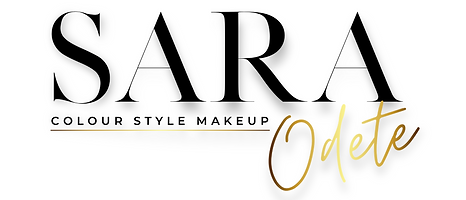How to Transform Your Hair Color Safely
- Sara Odete

- Aug 6, 2018
- 4 min read

One of the most exciting hair transformations you can experience is going from a dark color to a much lighter color, or from a natural color to a fashion color. A big color change is also one of the riskiest hair transformations. Here are five things you need to know before taking the leap.
You need to pick the right colorist.
Look for a hair colorist who is experienced in the exact hair color transformation you’re looking for. For example, if you have naturally black, thick hair, and you want to be platinum blonde, look for a stylist who has clients with your hair type and color in their portfolio.

Make sure you have a consultation beforehand, not only for the colorist to familiarize themselves with your hair, but also for you to ask any questions that you have. Your colorist should be able to explain to you exactly what to expect and how to take care of your hair in between appointments.
Remember, not every colorist is experienced at every single type of color process. Some colorists are amazing with balayage and don’t do fashion colors, and vice versa. Find a hairstylist who is knowledgeable and enthusiastic about creating your dream color.
Your hair color transformation may require multiple appointments.
If you’re going from a dark hair color to blonde or a fashion color, you will probably need at least two appointments. Going too light too fast can cause irreparable damage to the hair, so it’s in your best interest to take the lightening process in stages if the stylist recommends it.

The upside is you get to experiment with other medium-toned colors as you work toward your hair goal. For example, if you’re a brunette and you want to be silvery platinum, ask your colorist about what ash or caramel blondes would look best on you in the meantime.
You may not be able to go lighter if your hair is already damaged.
If your hair has been chemically processed - a perm, previous color or bleach, even damage from the elements like swimming a lot - you may not be able to go as light as you want. Or you may need to treat your hair before any color appointments in order to repair and fortify it. This is why it’s important to work with an experienced colorist who can accurately assess your hair and tell you exactly what steps to take to prepare your hair for a big change.

If your hair has already been colored, you may need a color correction.
Going from one color to the next often isn’t as simple as applying bleach all over, especially if you’ve already dyed your hair in the past. For example, if your hair is naturally a light brown, and you dyed it black two years ago, but then decided you want to have pastel pink hair, you will need to have your colorist remove all the black dye, which may leave green or blue discoloration that they need to then cancel out.
One thing to keep in mind: You need to tell your colorist about everything that you have ever done to your hair. Just because your hair is currently dyed to the exact color of your natural hair doesn’t mean that that’s your “natural color.” You also need to inform your stylist of any “natural hair dyes” you may have used, such as henna or “organic” box colors, even if you don’t see them in your hair anymore.

If you omit any information about your hair color and chemical history, that can complicate matters for your hairstylist and end up costing you more time and money.
If your colorist tells you that you may need a color correction during your consultation, make sure you’re prepared to invest as much time and money as necessary to ensure that you end up with exactly the color that you want.
You’ll need to take extra care of it between appointments.
Any chemical process will break the protein bonds that make up the hair, be it lightening the hair, adding color, or changing the texture. And when the protein bonds break, the hair shaft is weakened, causing dryness, dullness, or split ends.

Talk to your stylist before your hair color transformation to make sure you understand which products you need to invest in to take the best possible care of your hair between appointments. Your stylist may recommend additional Olaplex bond rebuilding treatments, moisturizing masks, reparative oils, leave-in conditioners, or heat and UV protectant styling products.

If you want to try a big hair color change but are feeling unsure, it’s definitely worth at least consulting with an experienced hair colorist to find out what the process would entail for you and what kind of results you can expect. Going from dark to light color has its risks, but as long as you go into the process fully prepared with the right hair colorist to guide you, a hair color transformation is an incredibly rewarding and fun experience.
.png)














Comments